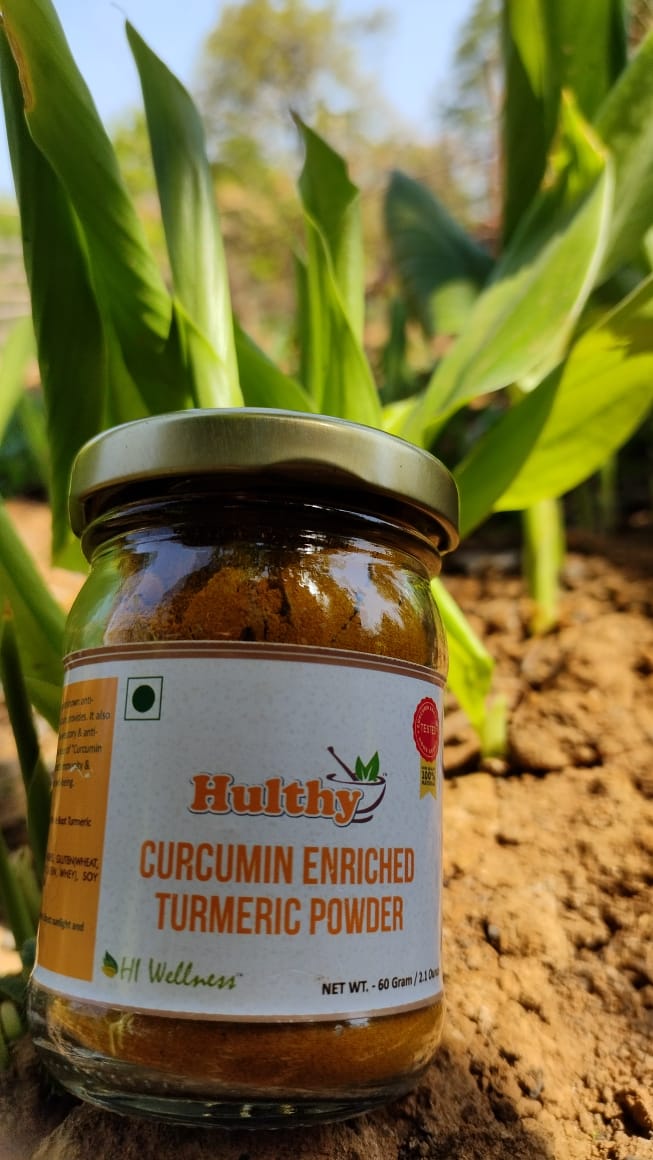Turmeric’s Transcultural Journey: From Kuṅkuma to Curcuma

Introduction:
- The Journey of Turmeric: From India to the World
- Significance of Turmeric in Indian Culture and Medicine
Once upon a time, in the ancient lands of India, there existed a magnificent herb known for its vibrant yellow color and incredible medicinal properties. This herb, which we now call turmeric, played a significant role in the lives of the people, from culinary delights to traditional medicine.
As centuries passed, the trade routes expanded, and merchants from distant lands discovered the wonders of this Indian herb. Among these merchants were Arabian traders who recognized the value and potential of turmeric. They admired its rich hue and its similarity in appearance to another prized spice, saffron.
The Linguistic Link
- Exploring the Sanskrit Connection: Kuṅkuma and its Significance
- Arabic Influence: Kurkum and its Resemblance to Saffron
In their travels, these Arabian traders brought turmeric back to their homelands, where they called it “kurkum” or “kurkumān,” names inspired by its resemblance to saffron. The Arabic term “kurkum” found its way into the botanical and scientific discussions of the time.
Meanwhile, scholars and linguists studied the diverse languages and cultural traditions of the world. They explored the connections and shared roots among different languages, seeking to uncover the hidden links that bound humanity together. These language enthusiasts noted that the Arabic term “kurkum” sounded remarkably similar to a word used in ancient Sanskrit texts.
Digging deeper into the linguistic tapestry, they discovered that the Sanskrit word “kuṅkuma” or “kuṅkumam” referred to saffron, the highly regarded spice with a brilliant reddish-orange color. The resemblance between turmeric and saffron, both in appearance and their traditional uses, intrigued these scholars.
Turmeric’s Transition
- The Arrival of Turmeric in Arab Lands
- Cross-Cultural Exchange: Turmeric’s Adoption in Arabian Culture
Recognizing the linguistic connection between the Arabic term “kurkum” and the Sanskrit word “kuṅkuma,” they proposed that the Arabic term might have been derived from the ancient Indian word for saffron. This hypothesis opened up a world of possibilities for understanding the shared heritage of these spices and their cultural significance.
In due course, as the scientific community formalized the naming conventions for plants, the herb we know as turmeric received its scientific name: Curcuma longa. The genus name “Curcuma” paid homage to the Arabic term “kurkum” and its connection to the Sanskrit word “kuṅkuma.” This botanical name ensured that the herb could be identified and recognized worldwide, regardless of the languages spoken.
Botanical Nomenclature
- Establishing Scientific Names: The Birth of Curcuma longa
- The Meaning Behind “Curcuma” and “longa”
The specific epithet “longa” referred to the plant’s most striking characteristic—the long and slender rhizomes or underground stems from which turmeric is derived. This name not only described a physical feature of the herb but also distinguished it from other members of the Curcuma genus.
Tracing the Historical Records
- Unearthing Ancient Arabic Texts: Insights into Turmeric’s Naming
- Sanskrit Texts and Turmeric’s Cultural Significance in India
To verify this historical transition and linguistic connection, one can explore various resources. Researching ancient Arabic texts and botanical records from the Arab world may provide insights into the early encounters with turmeric and its naming conventions. Additionally, examining Sanskrit texts, such as ancient Ayurvedic treatises or works on traditional Indian medicine, could shed light on the Sanskrit term “kuṅkuma” and its association with turmeric.
Consulting botanical literature and historical studies focusing on the origins and spread of spices and medicinal herbs may provide corroborative evidence. Ethnobotanical studies and academic articles on the cultural history of turmeric in India and its interactions with other cultures could also be valuable sources to explore.
By delving into these records and scholarly works, one can trace the fascinating journey of turmeric’s naming and its linguistic connections, revealing the intertwined stories of diverse civilizations and their reverence for the power of nature’s gifts.
To order Bagdara Turmeric, the best turmeric in the world:

